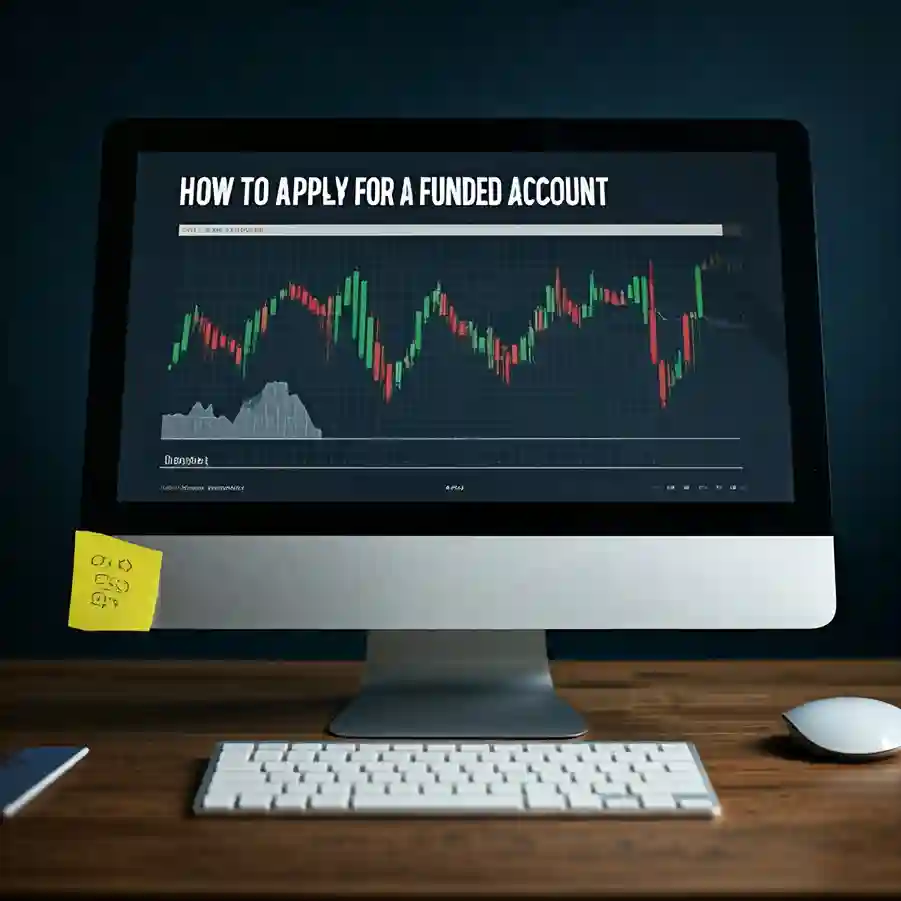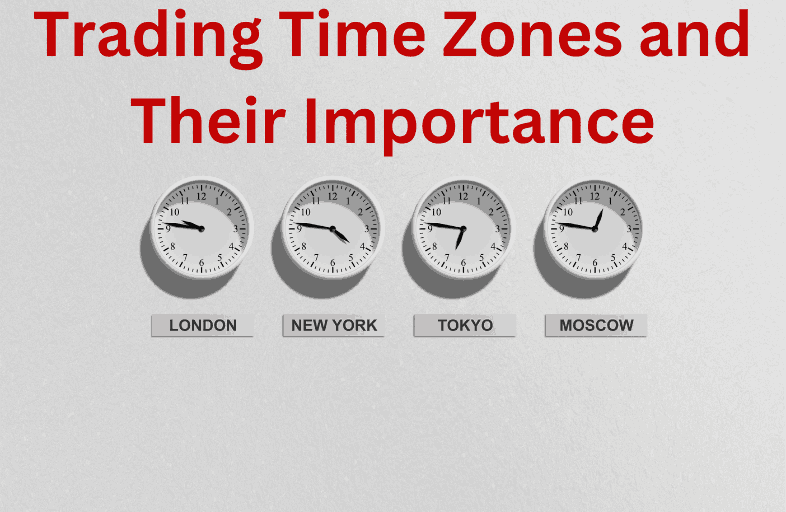Understanding Worldwide Trading Zones with Indian Time as the Base
The world’s financial markets are constantly in motion, but they don’t all operate at the same time. This is where “trading zones” or “trading sessions” come into play. Each trading zone refers to a period when major markets in a specific region are open and active, influencing prices and market trends across the globe.
For a young trader, or anyone new to finance, understanding when each major trading zone is active can make a big difference in knowing when the most action happens. This article will explain the main trading zones around the world in a way that’s simple and based on Indian Standard Time (IST).
Why Are Trading Zones Important?
Imagine you’re watching a cricket match. When the game is in full swing, there’s a lot of excitement, cheering, and activity, but when the game ends, things quiet down. In a similar way, financial markets also have peak activity times when they’re “in full swing,” meaning prices can move quickly due to high trading volume. By knowing when different trading zones are active, you can understand when the market is more likely to be lively or quiet.
Global Trading Zones and Their Indian Timings
There are three main trading zones around the world: the Asian, European, and U.S. sessions. Here’s how these sessions look when we convert them into Indian Standard Time (IST), so it’s easy to know when each one is active.
- Asian Trading Zone (Tokyo Session)
- Timing in IST: 5:30 AM to 12:30 PM
- Main Markets: Japan, China, Australia, and other Asian countries.
- European Trading Zone (London Session)
- Timing in IST: 12:30 PM to 8:30 PM
- Main Markets: United Kingdom, Germany, and other European countries.
- U.S. Trading Zone (New York Session)
- Timing in IST: 7:00 PM to 2:30 AM (next day)
- Main Markets: United States, Canada, and some parts of South America.
Let’s explore each of these sessions in detail with examples to understand what makes them unique.
The Asian Trading Zone (5:30 AM to 12:30 PM IST)
The Asian zone, starting with the Tokyo market, is where the global trading day begins. Imagine it’s early morning in India, and people are just starting their day. At this time, the financial markets in Japan, China, and other Asian countries start trading.
What Makes the Asian Zone Unique?
The Asian session tends to be calmer compared to the European and U.S. sessions. This is because it’s the first session of the day, and traders in Europe and the U.S. haven’t started their day yet. However, currency pairs involving the Japanese yen (JPY) are often more active.
Example to Understand
Let’s say you’re watching the USD/JPY (U.S. Dollar / Japanese Yen) currency pair. During the Asian session, this pair might see more activity because the Japanese market is open, and news from Japan can influence the yen’s value.
The European Trading Zone (12:30 PM to 8:30 PM IST)
As the Asian session winds down, the European session begins. The European zone is often the most active part of the trading day. It includes major financial centre’s like London, Frankfurt, and Paris, and a lot of money flows in and out of Europe during these hours. For Indian traders, this period falls right in the afternoon and early evening, making it easier to monitor.
Why Is the European Zone Busy?
During this time, not only is Europe actively trading, but the U.S. is also preparing to open. This overlap period between Europe and the U.S. leads to high trading volumes, especially for currency pairs like EUR/USD (Euro / U.S. Dollar) and GBP/USD (British Pound / U.S. Dollar).
Example to Understand
Imagine you’re following the EUR/USD pair. Around 5:30 PM IST, both Europe and the U.S. are getting into the trading zone, creating a lot of action. Prices may move up and down quickly due to the large volume of trades, making it an exciting time to watch or participate.
The U.S. Trading Zone (7:00 PM to 2:30 AM IST)
As Europe moves toward the end of its trading day, the U.S. market opens. The U.S. trading zone, or New York session, is the final trading zone of the day. It’s one of the most active sessions because the U.S. dollar is heavily involved in global trade. This session is important for commodities like oil and gold, as well as for U.S. stocks.
What Makes the U.S. Zone Special?
The U.S. zone often has high market volatility due to economic reports, such as employment data or interest rate announcements from the Federal Reserve. Since the U.S. dollar plays a central role in international trade, many traders pay close attention to this session.
Example to Understand
Suppose you’re tracking the price of gold, which is often measured in U.S. dollars. During the U.S. session, news or reports from the U.S. can cause big swings in gold prices, making it an active time for those interested in commodities.
Stock Exchange Timings (IST)
| Stock Exchange | Location | Opening Time (IST) | Closing Time (IST) |
|---|---|---|---|
| Australian Securities Exchange (ASX) | Sydney, Australia | 04:30 | 10:30 |
| Tokyo Stock Exchange (TSE) | Tokyo, Japan | 05:30 | 11:30 |
| Korean Stock Exchange (KRX) | Seoul, South Korea | 05:30 | 11:30 |
| Singapore Exchange (SGX) | Singapore | 06:30 | 14:30 |
| Hong Kong Stock Exchange (HKEX) | Hong Kong, China | 07:00 | 13:30 |
| Shanghai Stock Exchange (SSE) | Shanghai, China | 07:00 | 12:30 |
| Bombay Stock Exchange (BSE) | Mumbai, India | 09:15 | 15:30 |
| National Stock Exchange of India (NSE) | Mumbai, India | 09:15 | 15:30 |
| Johannesburg Stock Exchange (JSE) | Johannesburg, South Africa | 12:30 | 20:30 |
| Brazil Stock Exchange (B3) | São Paulo, Brazil | 17:30 | 00:30 (next day) |
| London Stock Exchange (LSE) | London, UK | 13:30 | 21:00 |
| Euronext | Paris, France | 13:30 | 21:00 |
| Frankfurt Stock Exchange (XETRA) | Frankfurt, Germany | 13:30 | 21:00 |
| New York Stock Exchange (NYSE) | New York, USA | 20:00 | 02:30 (next day) |
| NASDAQ | New York, USA | 20:00 | 02:30 (next day) |
| Toronto Stock Exchange (TSX) | Toronto, Canada | 20:00 | 02:30 (next day) |
Overlaps Between Trading Zones
There are specific times when two trading zones overlap, and during these periods, trading volume is at its highest. Here’s a look at these overlaps in IST:
- Asian-European Overlap: 12:30 PM to 1:30 PM IST
- European-U.S. Overlap: 7:00 PM to 8:30 PM IST
The European-U.S. overlap is particularly important, as it often leads to high activity and quick price movements, especially in popular currency pairs and commodities.
Example of an Overlap in Action
Imagine it’s around 7:30 PM IST. Both London and New York markets are active, so the EUR/USD currency pair might see rapid changes as traders from both regions place trades based on news and economic data from Europe and the U.S.
Why Timing Matters in Trading
For young or beginner traders, timing is key in trading because it affects the level of market activity and price movements. Here’s why it matters:
- High Liquidity: More people trading at the same time means you can buy or sell quickly without a big difference in price.
- Increased Volatility: When markets are active, prices can change faster, creating both opportunities and risks.
- Better Opportunities: Knowing when different markets are open helps you pick the best times to trade if you’re aiming to catch price swings.
Key Takeaways for Beginners
- Best Time to Trade Forex: The European and U.S. overlap (7:00 PM to 8:30 PM IST) is often the best time for trading currency pairs involving the U.S. dollar and the euro.
- Best Time for Stocks and Commodities: For U.S. stocks and commodities like gold or oil, the U.S. session (7:00 PM IST onwards) is ideal.
- Plan Around Market Openings: Markets tend to be active right after opening. For instance, the European session is most active around 12:30 PM IST, while the U.S. session peaks around 7:00 PM IST.
Conclusion
Knowing the global trading zones and their timings can help you make sense of the market’s rhythm. Whether you’re just curious or thinking about trading yourself, understanding when each market is open based on Indian time can make it easier to plan. Keep in mind that trading requires patience, and having a basic schedule of these trading zones can help you find the best times to watch or participate in global markets.
Frequently Asked Questions (FAQs)
- Why is the European-U.S. overlap important in trading? The overlap between Europe and the U.S. (7:00 PM to 8:30 PM IST) has the highest trading volume, leading to greater liquidity and more opportunities for price movement.
- What’s the best trading session for forex trading? For forex trading, the European and U.S. sessions, especially during their overlap, are often the most favorable times due to high activity and liquidity.
- When is the Asian session most active? The Asian session is most active from around 5:30 AM to 12:30 PM IST, especially for currency pairs involving the Japanese yen and the Australian dollar.
- Do all markets open at the same time every day? Generally, yes. However, some markets may have holiday schedules or shortened hours on specific days, especially around national holidays.
- What is the quietest trading time? The quietest time is often the late afternoon before the U.S. session opens, around 2:30 PM to 6:30 PM IST.









